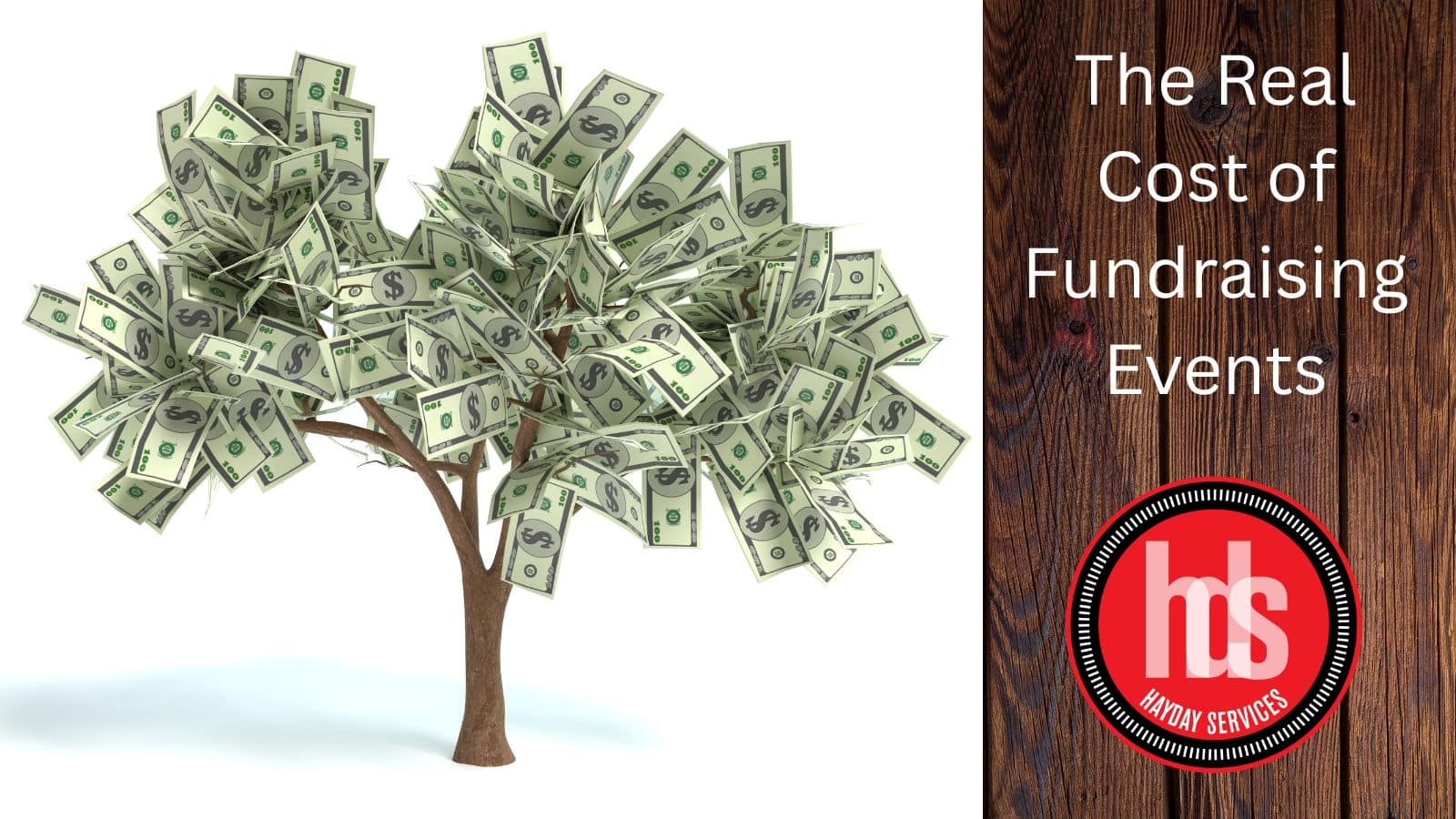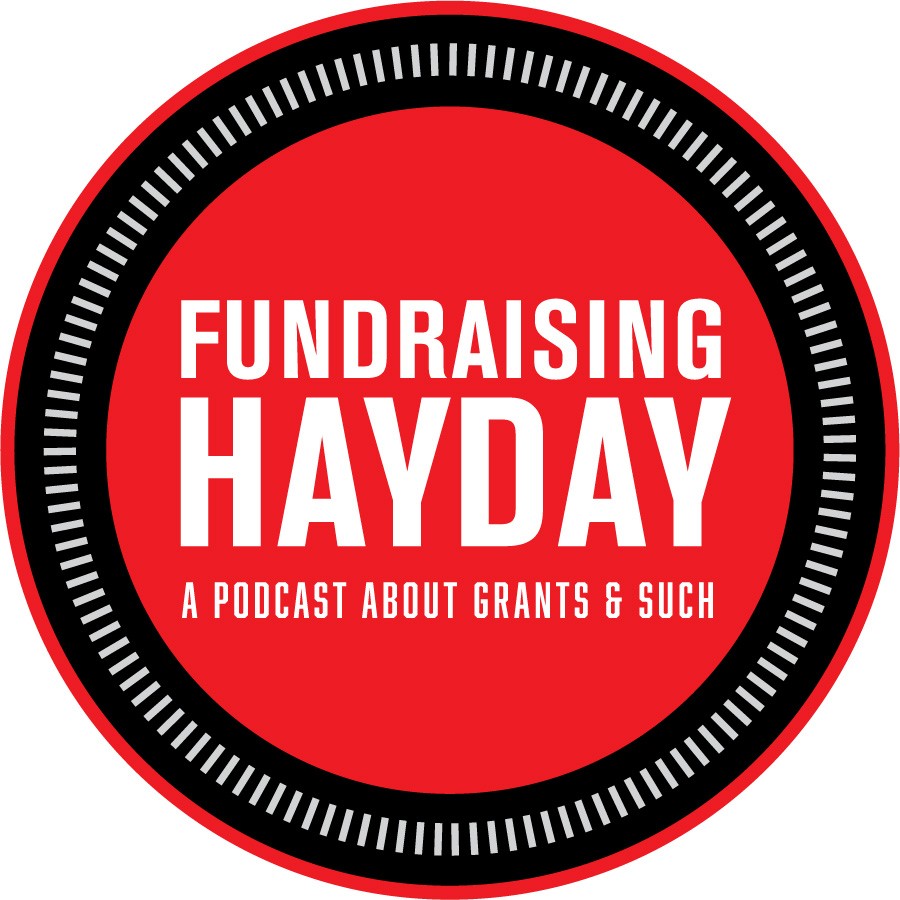As a recovering Development Director, I have lots of thoughts and feelings about fundraising events. They can be amazing, but there is a huge staff and resource cost involved whether you host an elegant gala, a fun run, an awards breakfast, or anything and everything in between.
In the latest episode of The Fundraising Hayday Podcast, Amanda and I had some straight talk about fundraising events. It brought back all those memories of the drama of bad weather at outdoor events, the never-ending search for silent auction items, and the dreaded phrase “we should have an event,” uttered by a well-meaning person who either had no idea of what’s involved, or no intention of digging in to help.
Here’s what I learned the hard way: events typically have the worst return on investment of any fundraising strategy. While major donors and grants can generate significant revenue with focused effort, events consume enormous amounts of staff time, volunteer energy, and organizational focus. Too many nonprofits either lose money or barely break even once you factor in the real costs.
The math is brutal but necessary. If you want to net $100,000, you might need to gross $150,000 or more to make up for all the direct expenses, venue rental, food, invitations, marketing and promotion—that list goes on and on depending on the type of event. And that doesn’t include the hundreds of hours your team spends planning, the volunteer coordination, the follow-up, and yes, your own sanity.
Here are the key points every nonprofit professional needs to understand:
- Start with your net goal, not your gross: Calculate backwards from what you actually need to raise, accounting for 40-60% in total expenses including staff time.
- Events work best with existing donor bases: Don’t try to create donors from scratch through events—cultivate existing relationships instead.
- Your board members must be front and center selling tickets, finding sponsorships, and securing in-kind donations. To be truly successful takes a team effort.
- Track your time: That $50,000 you think you netted might be closer to $30,000 when you factor in actual staff hours involved, when they could have been contacting individual donors, cultivating planned giving or monthly giving folks, writing grants, and other fundraising activities that have a much higher return on investment.
I’m not saying never do events. They can be fantastic and fun, raising money and awareness, if you have strong volunteer support, established donors, and realistic expectations. People enjoy themselves and can connect to you and your mission. But fundraising events shouldn’t be your sole go to for fundraising revenue.
Sometimes the most profitable event is the one you don’t have. A development director’s job isn’t to throw parties, it’s to raise money efficiently and effectively. Sometimes that means having the courage to say no to events that look good on paper but drain your resources in reality.
Kimberly Hays de Muga, GPC, is an expert trainer and coach in nonprofit capacity building, grant writing, fundraising, and board development. She brings more than 25 years of fundraising experience that includes raising $100 million from individuals, foundations, corporations, and local, state, and federal funding for nonprofit agencies in the education, health, and human service sectors—from food banks to pediatric hospitals, to state-wide mental health coalitions.
Latest posts by Kimberly Hays de Muga
(see all)




